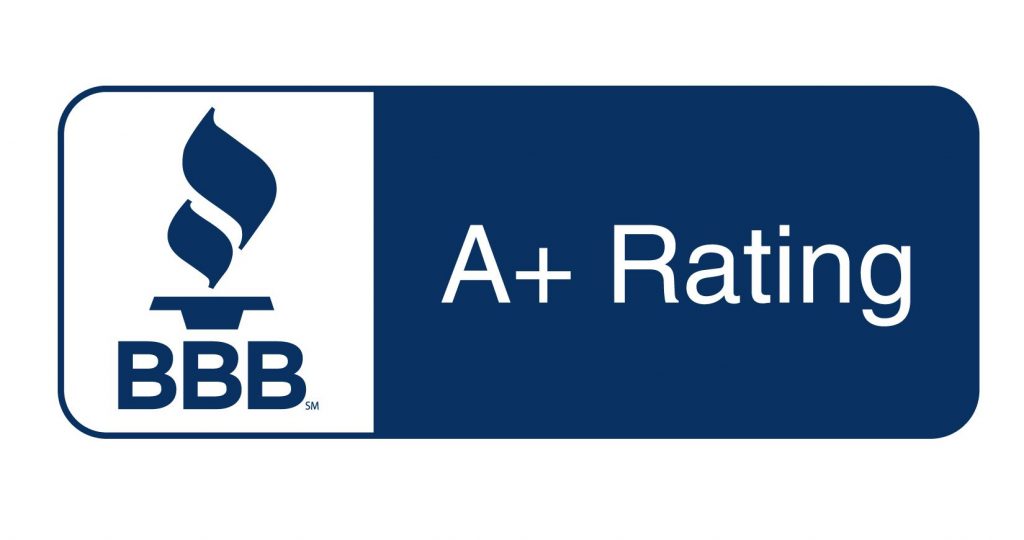At Carolina Senior Benefits, we understand the importance of making informed decisions about healthcare coverage. Medigap plans, also known as Medicare Supplement Insurance, offer additional coverage to help fill the “gaps” in Original Medicare. This article aims to shed light on some of the most common questions about Medigap plans, from understanding the basics and eligibility to comparing different options and understanding state variations. Whether you’re enrolling in Medicare for the first time or considering a switch in your coverage, our list of FAQs is here to help guide you through understanding Medigap plans and making the best choice for your healthcare needs.
1. What is a Medigap plan, and how do they work?
A Medigap plan is a type of health insurance sold by private companies to complement your Original Medicare coverage. It helps pay some of the healthcare costs that Original Medicare doesn’t cover, like copayments, coinsurance, and deductibles. Medigap plans are standardized and are identified by letters A through N. Each lettered plan has different levels of coverage, but all plans of the same letter offer the same basic benefits. It’s important to note that Medigap plans do not replace Medicare; instead, they work alongside your Medicare Part A and Part B coverage to fill gaps in costs and coverage.
2. Who is eligible for Medigap coverage?
To be eligible for a Medigap policy, you must be enrolled in Medicare Part A and Part B. Generally, the best time to purchase a Medigap policy is during your Medigap Open Enrollment Period, which begins on your Part B effective date. This period lasts for six months and provides you with the guaranteed right to buy any Medigap policy sold in your state, regardless of your health status.
3. How do Medigap plans differ from Medicare Advantage Plans?
While both Medigap and Medicare Advantage plans are ways to receive additional coverage and minimize out-of-pocket expenses, they function quite differently. Medigap plans supplement your Original Medicare benefits, which means they pay after Medicare pays its share of the healthcare costs. They don’t offer stand-alone benefits; instead, they cover the gaps in your Original Medicare coverage.
On the other hand, Medicare Advantage plans, or Part C plans, are an alternative to Original Medicare. These plans are offered by private companies approved by Medicare and provide all of your Part A and Part B coverage. They often include benefits like prescription drug coverage, dental, and vision care, which are not generally covered by Original Medicare and Medigap. Unlike Medigap, which allows you to see any doctor or facility that accepts Medicare, Medicare Advantage plans may have network restrictions, requiring you to use the plan’s network of doctors and hospitals to get the lowest out-of-pocket costs.
Understanding the differences between these plans is crucial to making an informed decision that aligns with your healthcare needs and preferences. Each option has its pros and cons, and what’s best depends on your individual health needs, lifestyle, and budget.
4. What costs are covered by Medigap plans?
Medigap plans are specifically designed to cover costs not paid by Original Medicare, including copayments, coinsurance, and deductibles. Here are some of the costs typically covered by Medigap plans:
- Part A coinsurance and hospital costs: Medigap plans often cover the coinsurance for hospital stays and may extend coverage for an additional 365 days after Medicare benefits are used up.
- Part B coinsurance or copayment: Most Medigap plans cover a significant portion, if not all, of the Part B coinsurance or copayments.
- Blood (first 3 pints): Medigap plans generally cover the cost of the first 3 pints of blood needed for a medical procedure.
- Part A hospice care coinsurance or copayment: These costs are typically covered by Medigap plans.
- Skilled nursing facility care coinsurance: Many Medigap plans offer coverage for the coinsurance of skilled nursing facilities.
- Part A and Part B deductibles: Some Medigap plans cover these deductibles, reducing your out-of-pocket costs.
Different plans cover varying amounts of these costs, and some offer additional benefits, like coverage for foreign travel emergencies or excess charges. It’s important to compare the specifics of each plan letter to understand exactly what is covered and to what extent.
5. How do I enroll in a Medigap plan, and when is the best time to do so?
Enrolling in a Medigap plan involves understanding timing and eligibility.
As we mentioned earlier, the best time to buy a Medigap policy is during your 6-month Medigap Open Enrollment Period. This period automatically starts the month you’re 65 and enrolled in Medicare Part B. During this period, you have a guaranteed issue right to buy any Medigap policy sold in your state, regardless of your health status.
To enroll, you should first ensure that you are signed up for Medicare Part A and Part B. Then, compare the different Medigap plans offered in your state and decide which plan aligns with your healthcare needs and budget. Your Medicare advisor at Carolina Senior Benefits can compare plans across multiple carriers to make sure you get a competitive rate.
If you miss your initial enrollment period, you can still apply for a Medigap policy at any time, but you may be subject to medical underwriting, and acceptance is not guaranteed unless you have special circumstances or guaranteed issue rights.

6. Can I switch Medigap plans if my needs change?
Yes, you can switch Medigap plans at any time, but there are a few important points to consider.
If you decide to switch outside the Medigap Open Enrollment Period, you might not have the same range of choices as you did during your initial period. Unless you have special circumstances or guaranteed issue rights, insurance companies are allowed to use medical underwriting to decide whether to accept your application and how much to charge you for the Medigap policy.
In some cases, you may have a “trial right” to try a Medicare Advantage plan and still buy a Medigap policy if you change your mind within a year of joining. In addition, some states have additional protections or times when you can change Medigap plans without medical underwriting.
7. Are prescription drugs covered under Medigap policies?
Medigap policies do not cover prescription drugs. If you have Original Medicare and you want prescription drug coverage, you’ll need to join a separate Medicare prescription drug plan (Part D). Medigap policies sold after January 1, 2006, are not allowed to include prescription drug coverage. If you want prescription drug coverage and you choose Medigap, you’ll need to join a Part D plan offered by private companies approved by Medicare. It’s important to join a drug plan when you’re first eligible to avoid paying a late enrollment penalty unless you have other credible prescription drug coverage.
8. Are there any restrictions on doctors or hospitals with Medigap?
One of the significant advantages of Medigap policies is their flexibility in choosing healthcare providers. With most Medigap plans, you can see any doctor or use any hospital that accepts Medicare, anywhere in the United States. There are no network restrictions like those often found in Medicare Advantage plans.
This flexibility is particularly beneficial for those who travel frequently or live in multiple states throughout the year. However, some Medigap plans, known as Medicare SELECT plans, do require you to use doctors and hospitals in their network to be eligible for full plan benefits. It’s important to understand the specifics of your plan and verify whether any restrictions apply before seeking medical services.
9. What is the difference between Medigap and supplemental insurance?
Medigap is a specific type of Medicare supplemental insurance designed exclusively to supplement your benefits under Original Medicare (Part A and Part B). The term “supplemental insurance” is broader and can refer to various types of additional insurance people might purchase to cover healthcare costs not covered by their primary policy.
Outside of Medigap plans, there are a few other insurance policies that you might want to include in your portfolio. This can include types of insurance like critical illness, cancer policies, long-term care insurance, and more. These policies might provide a cash benefit, reimburse for specific costs, or offer services not covered under Medicare.
10. How do I compare different Medigap plans to find the best fit for me?
Comparing different Medigap plans can seem overwhelming, but focusing on a few key areas can help simplify the process. Here are steps and considerations for comparing Medigap plans.
Cost: While benefits are the same for plans of the same letter, costs can vary widely between insurers. Consider premiums, deductibles, and any potential co-payments or coinsurance.
Insurance Company Reputation and Service: Look into the insurance company’s reputation, financial stability, and customer service. You want a company that processes claims efficiently and provides good support.
Your Healthcare Needs: Consider your typical healthcare usage, any frequent services, and your travel habits. Some plans might offer additional benefits like foreign travel emergency healthcare, which might be beneficial if you travel often.
State Specifics: Remember that some states have specific rules and offerings. Ensure you understand what’s available and regulated in your state.
Ready to Choose Your Medigap Plan?
With these 10 questions answered, you should have a comprehensive overview of Medigap plans, allowing you to choose a plan with greater confidence. Remember, the right Medigap policy can significantly impact your healthcare experience and expenses, so take the time to understand your options, compare plans, and make informed decisions.
If you’re ready to take the next step or have further questions, reach out to Carolina Senior Benefits, where our dedicated advisors are committed to helping you navigate your Medicare options with ease and confidence. Your health is your most valuable asset, and we’re here to help you protect it.





